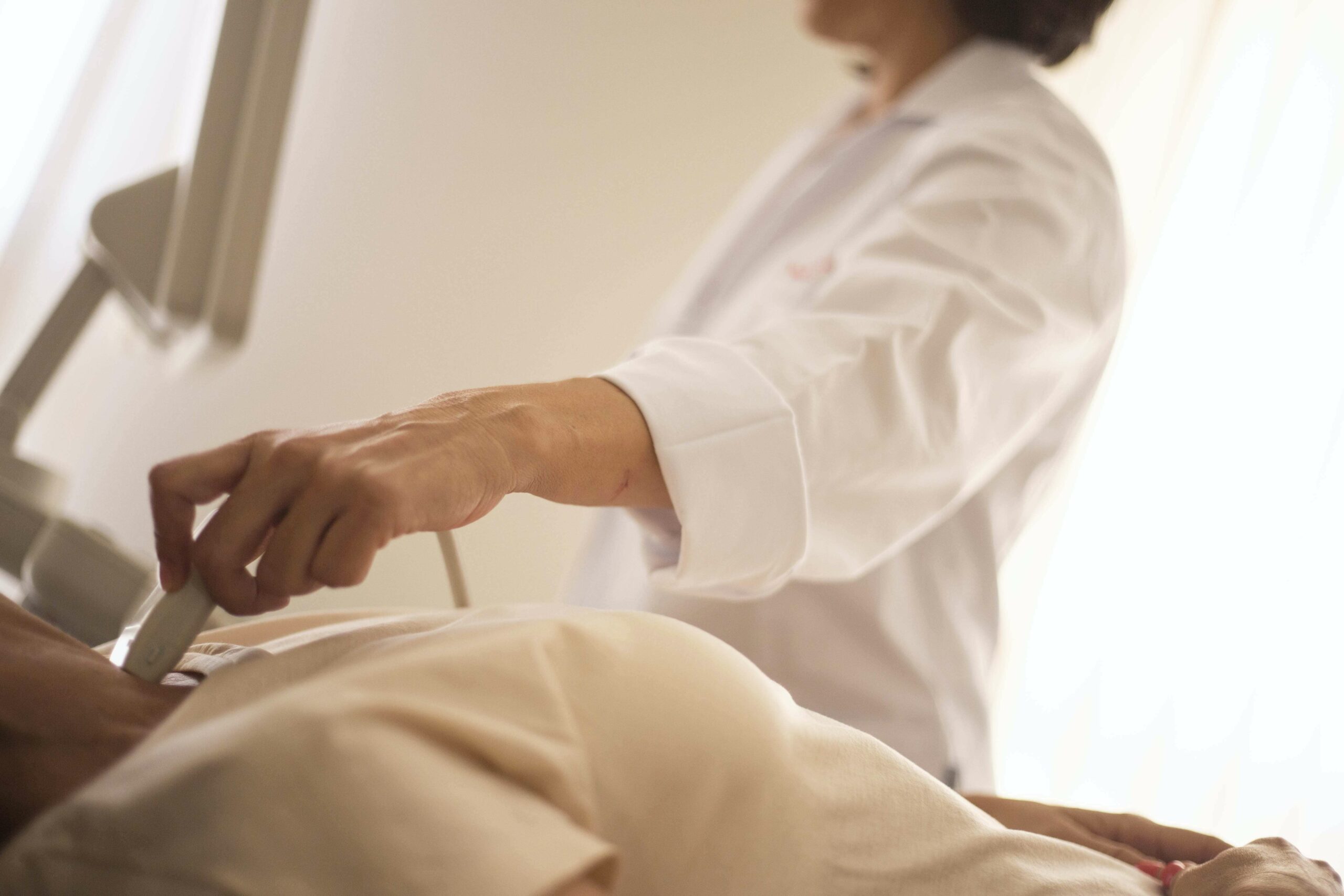A radioiodine scan, also known as a thyroid scan, thyroid uptake scan, or radioactive iodine uptake (RAIU), is a diagnostic procedure used to assess the function and structure of the thyroid gland. This nuclear medicine procedure involves the administration of a small amount of radioactive iodine and the use of a specialised imaging device to capture images of the thyroid. A radioiodine scan can assist in the assessment of thyroid conditions such as hyperthyroidism, thyroid nodules, or thyroid cancer.
What Is The Purpose Of A Radioiodine Scan?
A radioiodine scan is primarily used to assess the function and structure of the thyroid gland: a butterfly-shaped gland located in the neck which produces hormones that regulate various bodily functions, including metabolism, growth, and development.
Radioiodine scans are commonly employed in the diagnosis and management of thyroid conditions, such as hyperthyroidism and thyroid nodules. By tracking the radioactive iodine's uptake in the thyroid, doctors can gather valuable information about the gland's activity and detect any abnormalities.
What Happens During A Radioactive Iodine Scan?
Preparation for a radioiodine scan may include temporary discontinuation of certain medications, dietary restrictions (such as avoiding iodine-rich foods), and hydration guidelines.
During the procedure, a small dose of radioactive iodine is administered orally or through an injection. Radioactive iodine is chosen because the thyroid gland absorbs iodine to produce hormones, so the radioactive iodine allows the imaging device to capture the gland's activity.
After the radioactive iodine administration, you will typically need to wait for a specific amount of time (which can vary depending on the purpose of the scan) to allow for the radioactive iodine to accumulate in the thyroid gland.
Once the waiting period is complete (usually 4 to 48 hours later), you will be positioned under a gamma camera or a similar imaging device. The camera detects the radiation from the radioactive iodine and produces images of the thyroid gland. The procedure is painless and non-invasive, usually lasting for about half an hour.
Your healthcare provider may provide instructions regarding any necessary precautions after your scan, which could include staying at a safe distance from pregnant women, infants, and young children for a specified period. You may also be advised to increase fluid intake and urinate frequently to help eliminate the radioactive iodine from your body. Generally speaking, you can resume your normal activities after the scan.
Are There Any Risks Associated With A Radioiodine Scan?
The radioactive iodine used in the scan exposes the body to a small amount of radiation. The amount of radiation used is tiny, and the benefits of the scan often outweigh the potential risks. However, pregnant women or those who are breastfeeding should avoid the procedure due to potential harm to the developing foetus or infant.
A radioiodine scan is generally considered safe and does not result in long-term effects or significant radiation exposure. The radioactive iodine used in the scan has a short half-life, meaning it decays relatively quickly, reducing the amount of radiation emitted from the body. However, there may be some minimal and temporary side effects such as a metallic taste in the mouth or mild nausea.
It's important to note that if you have undergone multiple radioiodine scans or have been exposed to higher doses of radiation over a prolonged period, there may be a slightly increased risk of developing certain radiation-related effects. It's important to discuss any concerns about radiation exposure with your healthcare provider. They can provide you with personalised information based on your specific medical history and circumstances.
Radioiodine Scan Vs Radioiodine Therapy
A radioiodine scan (or radioactive iodine scan) and radioiodine therapy (or radioactive iodine therapy) are two different uses of radioactive iodine in the field of thyroid medicine. The scan is a non-invasive diagnostic tool, while the therapy is a targeted treatment option for specific thyroid conditions.
A radioiodine scan helps evaluate the structure and function of the thyroid gland by administering a small amount of radioactive iodine, usually iodine-123, which emits gamma radiation detected by a special camera.
On the other hand, radioiodine therapy is a treatment option for certain thyroid conditions, such as hyperthyroidism (overactive thyroid) or thyroid cancer. In this therapy, a higher dose of radioactive iodine, usually iodine-131, is given orally in the form of a pill or liquid.
The iodine-131 emits both gamma radiation for imaging purposes and beta particles, which deliver a therapeutic effect. The beta particles selectively target and destroy the overactive thyroid cells or cancerous thyroid cells, while minimising damage to surrounding healthy tissues.
What Can The Results Of A Radioiodine Scan Reveal?
A radioiodine scan is a valuable diagnostic tool used to evaluate the function and structure of the thyroid gland. The results of a radioiodine scan can provide valuable information about the size, shape, and function of the thyroid gland. It can help determine the presence of thyroid disorders, including hyperthyroidism, nodules, or cancer, as well as the extent of the disease.
The accurate assessment of the thyroid gland through a radioiodine scan can aid in the diagnosis and management of various thyroid disorders, leading to appropriate treatment and improved outcomes. It is important to follow any preparation instructions provided by the medical team and to discuss any concerns or potential risks with a healthcare team.


 71–75 Shelton Street, Covent Garden, London, WC2H 9JQ
71–75 Shelton Street, Covent Garden, London, WC2H 9JQ +44 (0) 20 3376 1032
+44 (0) 20 3376 1032



